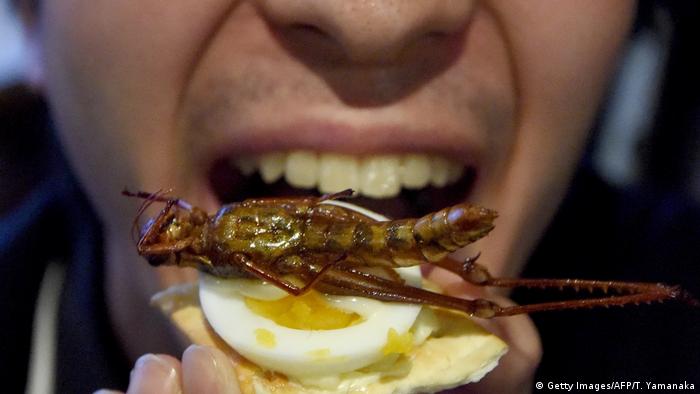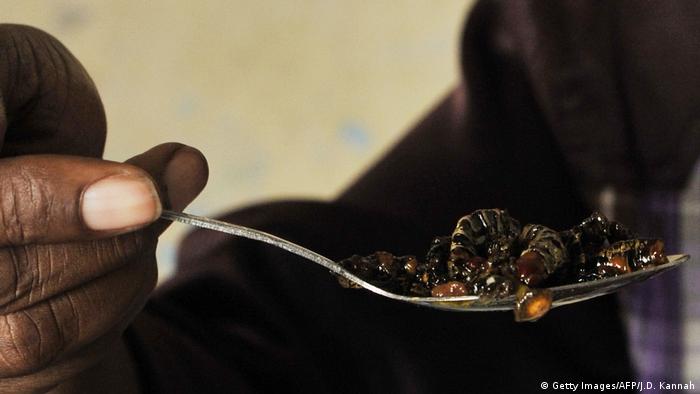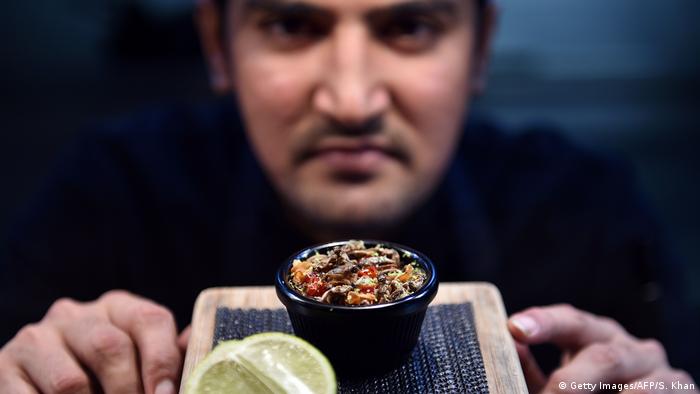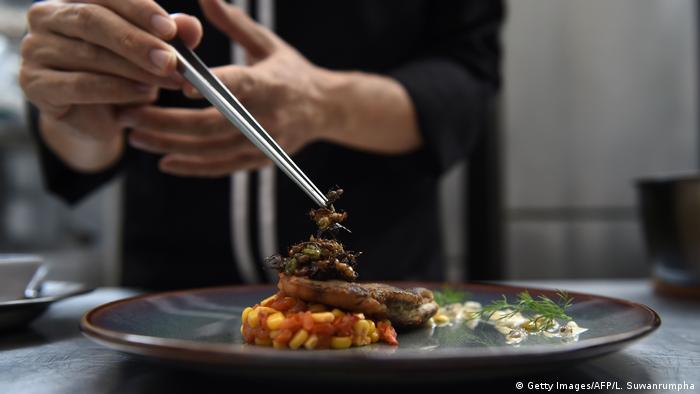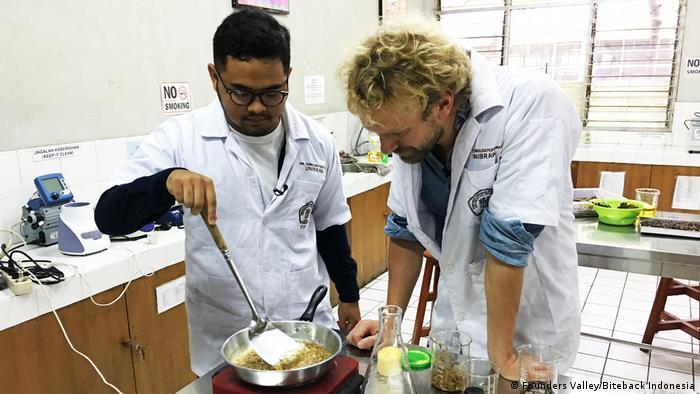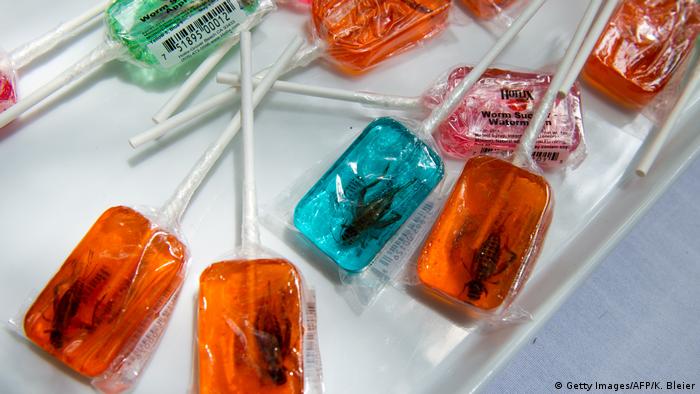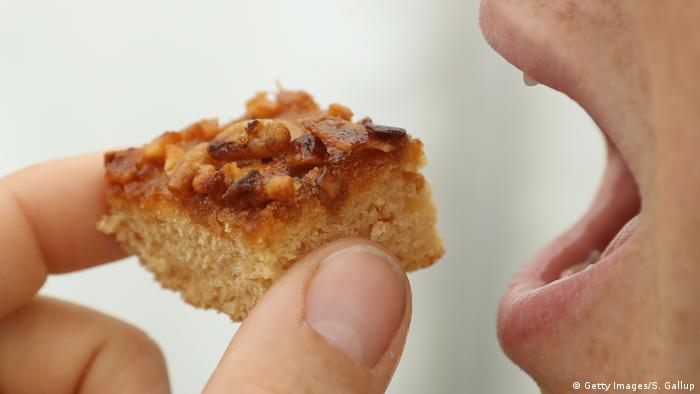The place where waste was piled high a few years back is now home to fruit and vegetables. Residents of Manguinhos, Rio de Janeiro’s favela, have created the largest Latin American community vegetable garden. They produce about two tons of food per months on an area that is roughly equal to three football fields.
This is giving the community a new lease of existence. Manguinhos, one of the most dangerous favelas in the City, is where violence and fatal shootings are commonplace.
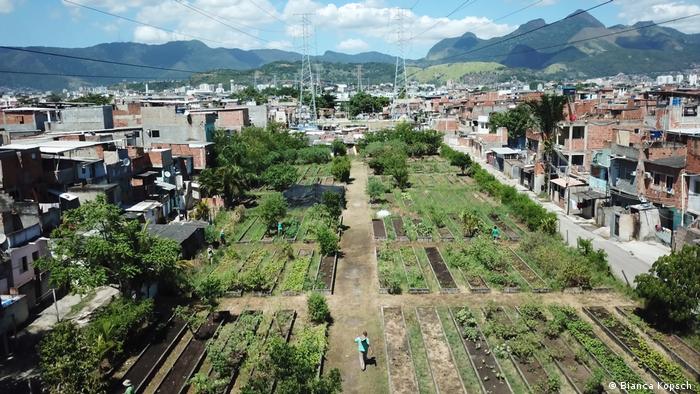
The community gardens are not like other Brazilian agriculture and don’t use artificial fertilizers.
Many of these people have little hope for their future. In daily life, there is a lack of basic necessities: regulated sewage disposal, garbage collection, healthy food and professional opportunities.
The Manguinhos vegetable farm is part of a larger initiative by the city government, which now includes 50 community gardens. The gardens offer employment and affordable food to a variety of deprived neighborhoods.
Bianca Kapsch Film

